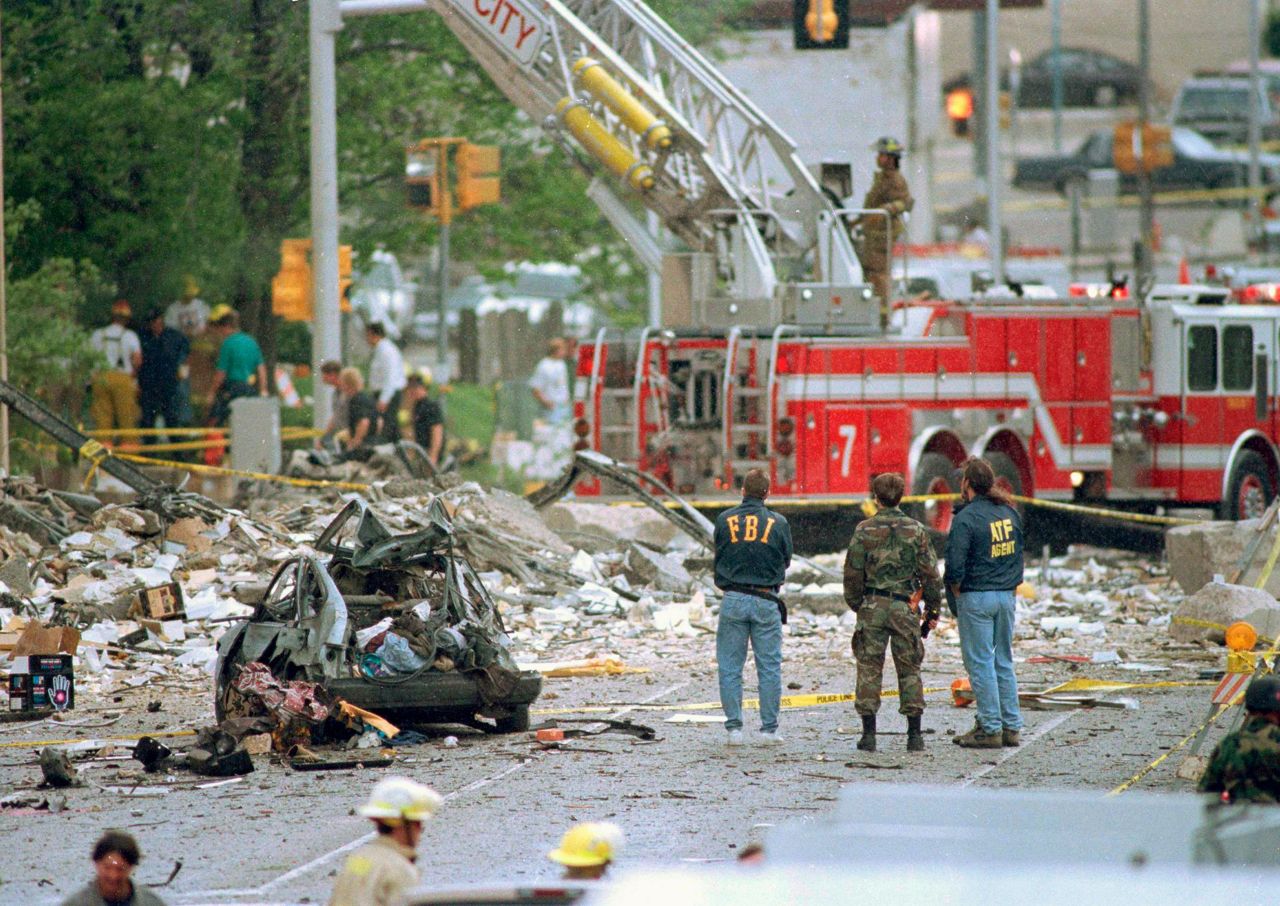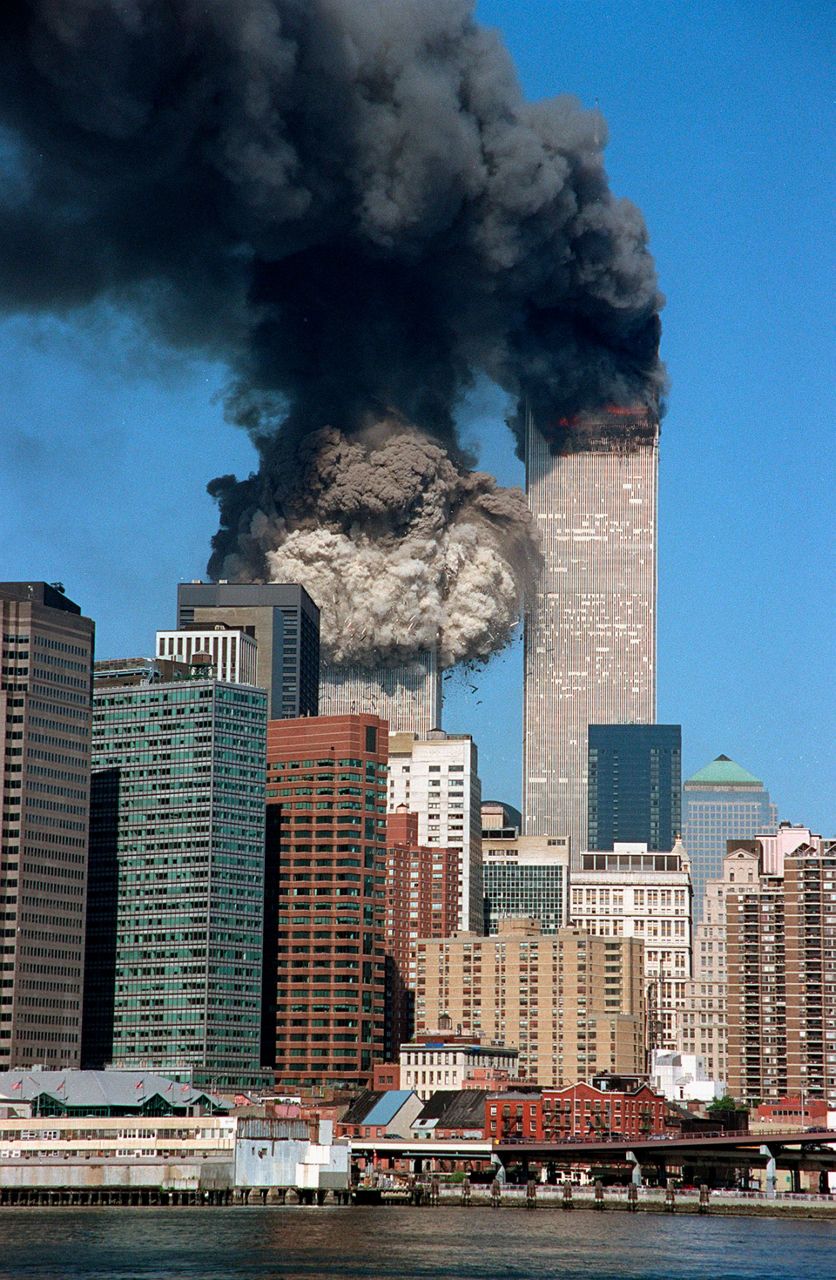SURFSIDE, Fla. (AP) — The mangled concrete and twisted rebar from the collapsed high-rise near Miami triggered flashbacks for retired Oklahoma City Fire Chief Greg Marrs, who spent weeks with his crew digging through the rubble of the Alfred P. Murrah federal building in 1995.
From afar, Marrs empathized with the Florida teams searching the debris that was once the 12-story Champlain Tower South condominium complex. The scenes in Surfside brought back memories of the urgent search for survivors after the Oklahoma City bombing, followed by the heartbreak of pulling out nothing but bodies, he said.
It was the same for other rescuers who responded to past tragedies. They say the crews in Surfside will carry on with the same commitment and care, even though authorities this past week officially gave up on finding any survivors.
Joseph Pfeifer, former counterterrorism and emergency preparedness chief for the New York Fire Department, was one of the first commanders on the scene after the World Trade Center towers came down in 2001. He said the Florida crews will preserve any human remains and separate any building pieces that provide clues to the cause of the collapse.
“They are literally going to peel off every layer. They will clean the site right to the very last piece,” said Pfeifer, who teaches crisis leadership at Harvard and Columbia universities and has a 9/11 memoir, “Ordinary Heroes,” set for publication Sept. 7.
When Marrs first saw photos of the Florida collapse, he said, the images were reminiscent of the destruction at the federal building after a truck filled with explosives was detonated outside. The blast killed 168 people.
In the aftermath, the shells of both buildings were still standing, or teetering, above mounds of broken concrete and twisted metal, with the interiors exposed.
The confirmed death toll from the tragedy in South Florida stood Saturday at 86, with another 43 people still missing. Authorities concluded that there was “no chance of life” in the remaining rubble, but the pressure has not waned for the crews to find victims so families can lay their loved ones to rest.
Recalling his own experience, Marrs was sure the Florida crews would be just as respectful in searching for the dead as they had been in looking for the living.
“They’re certainly not going in there with bulldozers and moving that stuff out, you know, not caring about whether they run across a body or not — that’s not something that’s even considered,” Marrs said.
The shift from a rescue mission to a recovery effort does not ease the urgency, Marrs said.
“They’re just doing it in a way that is more cautious” and safer because there is no longer a race against time, he said. Crews are likely being encouraged to take fewer risks.
Pfeifer agreed: “It's a difficult task. First responders know this is something very important to the families. They want to do the job even though it's a difficult job.”
Sometimes no identifiable remains are found. About 40% of the more than 2,600 people killed at the World Trade Center on 9/11 still have not been physically identified, Pfeifer said.
Crews in Florida, using their hands with help from heavy machinery, have removed 13 million pounds of concrete and debris from the site.
Heavier equipment has rolled in, making it easier to remove layers of debris, Miami-Dade Fire Chief Alan Cominsky said.
“We are expecting the progress to move at a faster pace with our recovery efforts,” Cominsky said. He has said that recovering all the victims could take weeks.
Retired Miami-Dade County Fire Chief Dave Downey was part of a crew from South Florida that was dispatched to help in Oklahoma City — perhaps crossing paths with Marrs. He also rushed to the World Trade Center after terrorists attacked.
“Every disaster is different. Every disaster has its unique wrinkle,” Downey said.
For the past two weeks, Downey has been in Surfside to help coordinate the rescue mission and now the recovery operation.
“What happens now is that you change your mindset,” Downey said, describing the transition from seeking survivors to “knowing that we’re going to bring closure to these families, but not in a positive way that we had all hoped.”
“That doesn't mean we’re not going to work as hard as we can,” he said.
___
Associated Press writer Curt Anderson in St. Petersburg, Florida, contributed to this story.
Copyright 2021 The Associated Press. All rights reserved. This material may not be published, broadcast, rewritten or redistributed without permission.






